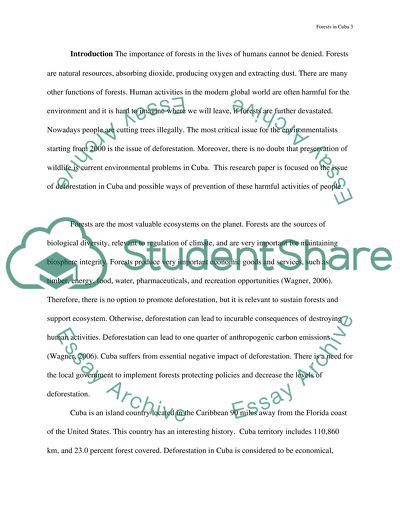Cite this document
(“Deforestation in Cuba Research Paper Example | Topics and Well Written Essays - 1750 words”, n.d.)
Retrieved from https://studentshare.org/geography/1454329-1
Retrieved from https://studentshare.org/geography/1454329-1
(Deforestation in Cuba Research Paper Example | Topics and Well Written Essays - 1750 Words)
https://studentshare.org/geography/1454329-1.
https://studentshare.org/geography/1454329-1.
“Deforestation in Cuba Research Paper Example | Topics and Well Written Essays - 1750 Words”, n.d. https://studentshare.org/geography/1454329-1.


